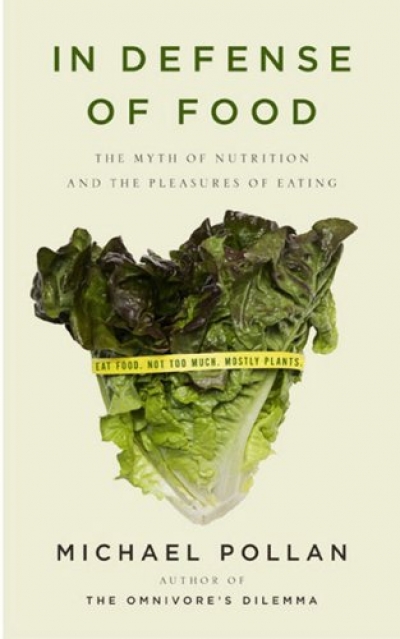Accessibility Tools
- Content scaling 100%
- Font size 100%
- Line height 100%
- Letter spacing 100%
Archive
The ABR Podcast
Released every Thursday, the ABR podcast features our finest reviews, poetry, fiction, interviews, and commentary.
Subscribe via iTunes, Stitcher, Google, or Spotify, or search for ‘The ABR Podcast’ on your favourite podcast app.
‘Where is Nancy?’ Paradoxes in the pursuit of freedom
by Marilyn Lake
This week on The ABR Podcast, Marilyn Lake reviews The Art of Power: My story as America’s first woman Speaker of the House by Nancy Pelosi. The Art of Power, explains Lake, tells how Pelosi, ‘a mother of five and a housewife from California’, became the first woman Speaker of the United States House of Representatives. Marilyn Lake is a Professorial Fellow at the University of Melbourne. Listen to Marilyn Lake’s ‘Where is Nancy?’ Paradoxes in the pursuit of freedom’, published in the November issue of ABR.
Recent episodes:
Robert Schumann: Life and death of a musician by John Worthen
The Collins Class Submarine Story: Steel, spies and spin by Peter Yule and Derek Woolner
In Defence of Food: The myth of nutrition and the pleasures of eating by Michael Pollan
Tolerance, Prejudice and Fear by Christos Tsiolkas, Gideon Haigh and Alexis Wright
The Flower Hunter: The remarkable life of Ellis Rowan by Christine and Michael Morton-Evans
I was always going to be a novelist. At the age of six, I wrote fiction about a Willie Wagtail, whose best friend was an ant (even then I had a good grasp on relationships). Several years later I had moved on to human protagonists, mainly young girls living at boarding school and excelling at ballet. I had no experience of either, but I had my dreams. As an adolescent I wrote stories about homelessness and drug addiction, once again from vicarious experience. Then I went to university to do a literature degree and realised that great Australian novelists were serious, learned and (then) mostly male. I still wanted to write my novel, but I decided to live a bit first.
... (read more)The Freedom Paradox: Towards a post-secular ethics by Clive Hamilton
Book Self: The reader as writer and the writer as critic by C.K. Stead
ABR readers to decide the John Button Readers’ Award
To commemorate the life and work of John Button, an esteemed ABR contributor and board member who died in April 2008, we have created a new annual prize. The John Button Readers’ Award will be presented to the author of the most popular article published in ABR during the previous year, as selected by ABR readers.
... (read more)








